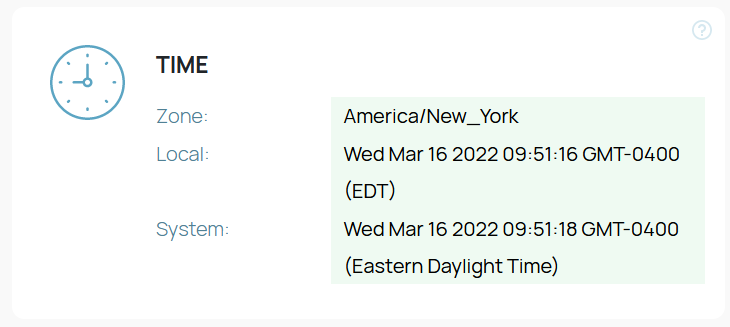Timezone Spoofing
Timezone spoofing is the practice of making a browser report a different time zone than the one set on the device’s real system clock.
Websites can detect your time zone in multiple ways:
- From your system clock (what your device is set to).
- From your IP address location.
When these two do not align, websites may flag the session as suspicious. For example, if your IP shows Germany (CET/CEST) but your browser reports New York (EST), the mismatch may suggest proxy usage, automation, or fraud.
How It Relates to Timezone Fingerprinting
Timezone Fingerprinting is a detection technique. Sites check if your reported browser time zone matches your IP geolocation and other locale signals.
Timezone Spoofing is a defence. By adjusting the browser’s reported time zone to stay consistent with the chosen browsing location, spoofing reduces mismatches and makes a profile appear more natural.
In short: fingerprinting is the test, spoofing is the defense.
Why Timezone Spoofing Matters
- Prevents mismatches: Keeps time zone and IP aligned, reducing suspicion.
- Reduces uniqueness: Matches your profile to common device setups in the same region.
- Supports stealth browsing: Makes profiles behave like real devices from the target country.
- Complements other defenses: Works alongside User-Agent spoofing, locale spoofing, and proxy usage for stronger anti-fingerprinting protection.
In Short: Timezone spoofing ensures that your browser’s reported time zone matches your browsing location, rather than your real system clock. This protects against timezone fingerprinting, where sites look for inconsistencies between system time, IP address, and locale.
Understanding Timezones
Time zones are created to ensure members of a global community can communicate and trade with each other effectively. Today, time zones have many uses, but several people still face problems when they travel across different time zones or when they work with networking systems that need to adjust their time differences.
Difference between local and system time zone:
Websites may detect your time zone in two ways - the time zone of your computer or the time zone defined by your Internet Protocol (IP) address.

Timezones from a Security Perspective
When you use a proxy server, the server's local time may not match your computer's local time. This can prompt a website to question the validity of your session.
How Kameleo Works with It
Kameleo lets you control how your browser profile reports its timezone. Keeping timezone consistent with your proxy helps avoid mismatches that could make a profile look suspicious. Learn more about how to set up time zone spoofing in Kameleo.
Hi, we’re Kameleo!
Trusted by thousands of growth hackers, and enterprises worldwide, Kameleo makes browser automation and web scraping smarter, safer, and unstoppable. With our anti-detect browser, you can bypass anti-bot defenses, and stay one step ahead - all with human-like browsers.